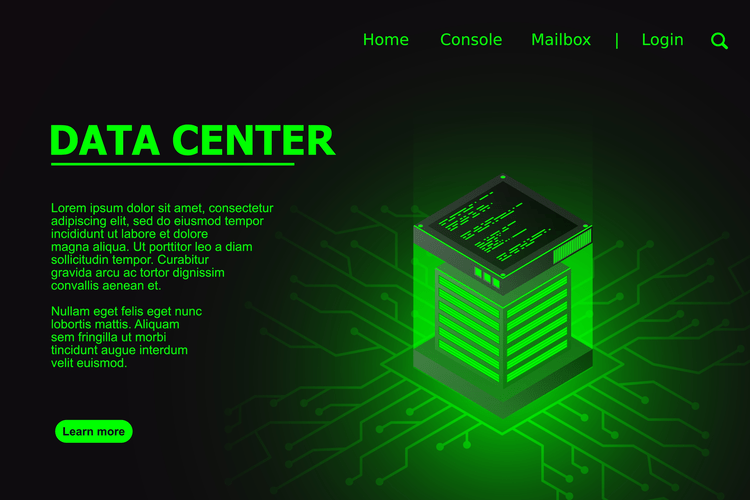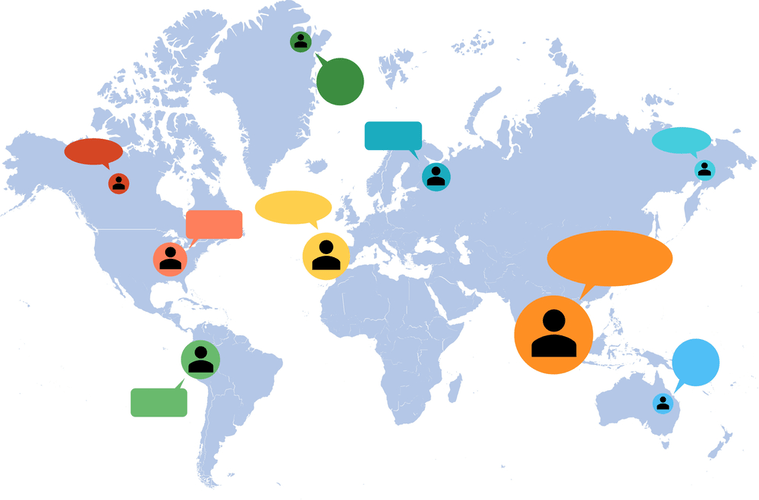Virtual Reality Curriculum Guide: Experience, Immersion and Excursion in the Classroom The New York Times
Lastly, they can add anything new they learned about the refugee crisis to their K/W/L charts. After students have finished watching, they can journal or make a list in a T-chart about the “connections” and “disconnections” they have with the children. Then, have students to look up the definitions of “refugee” and “displaced person.” They can add these definitions to their chart. More than 70 million people are currently displaced from their homes by war and persecution. Documentary, viewers travel to Ukraine, Syria and Sudan to learn the stories of three of those children.

With a clear perception of what they are studying, learners can set SMART goals, as well as explore new academic fields. With all this, VR-based online teaching offers a remarkable opportunity for students who want to learn new skills or those who prefer self-learning experiences. Virtual reality gives teachers the ability to adapt learning to technology and improve the level of engagement that students have on a regular basis. It’s important that educators provide inspiration and encouragement for students to explore more opportunities and to learn new ways to solve problems. With the ability to turn the focus on fun education, students will be more likely to want to learn than to veer their desires to play. As VR becomes more relevant, accessible, and beneficial to school settings, teacher education is also evolving.
How Virtual Reality Improves Science Education
We decided to launch The Times’s virtual-reality efforts with these portraits because we recognize that this new filmmaking technology enables an uncanny feeling of connection with people whose lives are far from our own. By creating a 360-degree environment that encircles the viewer, virtual reality creates the experience of being present within distant worlds, making it uniquely suited to projects, like this one, that speak to our senses of empathy and community. Cameras that offer 360-degree recording and new apps such as Google Expeditions have brought VR into the classroom, creating opportunities for teachers and students to approach education like never before. According to tech website Built In, the use of VR in classrooms is predicted to increase dramatically over the next five years. Students affected by the digital divide struggle with access to a curriculum with AR/VR involved, as they lack access even just to technology such as a phone or laptop or an affordable data plan. According to a 2020 analysis by McKinsey, Black and Hispanic households were less likely than white households to have reliable internet connections and access to devices.

We can now use augmented reality to create a tornado, then bring the funnel right into the classroom so students can experience these destructive storms close up. Or students can take an AR tour of a beehive what is virtual reality in education to see its inner workings and explore how the bees work together to support the community. 10 inspiring examples of how XR technology (augmented, mixed, and virtual reality) is being used in …
Music education
This summer, Brown and Bryant were selected by the Harvard Innovation Lab (iLab) as a venture team to work on developing their project. VRsatility also received two rounds of funding from the Harvard Initiative for Learning & Teaching (HILT). The two had a chance to share an early version of the project during the HILT education showcase, where invited organizations like VRsatility could demonstrate their projects and receive feedback from other education innovators across disciplines.
It is therefore strongly advised to follow ethical guidelines for responsible development and delivery of 360 content. Educators deciding to use 360 video should become conscious of and understand these challenges themselves, clearly communicate the health and safety precautions to learners upfront and not compel learners to use headsets. The medium is useful for building observational skills and advancing procedural knowledge e.g. training the eye of the manager in a restaurant to identify angry guests and maintain equipment. After placing the learner in a situation, the student can be asked to take a decision which results in an outcome in the scene based on the learner’s choice. Students could also learn about gym equipment and how to use it properly. Visiting a virtual gym with a digital trainer would help students know how to use workout machines, free weights, and other exercise equipment to develop their bodies.
What Are the Benefits of Using Immersive Technologies in the Classroom?
The experiment was designed by Rissman and Joey Ka-Yee Essoe, the study’s first author who was a UCLA doctoral student at the time. The decision tree should flow naturally out of the storyboard and allow progression through the beginning, middle and end of the storyline. We developed a draft script out of the decision tree (above) and decided we wanted to focus on delivering a short, impactful experience that conveyed the emotion of a dealing with a difficult guest to the learner.
- The center provides emerging technology opportunities for faculty and students at the university (Hidrogo et al., 2020b).
- For example, medical school students can engage in experimental surgeries in virtual reality environments and biology pupils are able to engage with plants, mammals, birds, insects, and amphibians via technological simulations.
- It will surely set you apart from other educators and enhance your reliability in the education field.
- Depending on the area of specialization, educators can leverage VR technology where applicable to enhance student retention rate and academic performance.
- Opening VR labs is one of the most practical uses of VR in higher education and is an important step in encouraging content development and setting a global standard for VR content.
The same happens in Table 6, in which 25% of students described that using VR was their most valuable takeaway. In any use of new technology, some students will pay more attention to the technology instead of what the technology is used for. Along with Google Arts & Culture Expeditions — a VR app with more than a thousand educational tours — it’s one of the leading distributors of educational VR field trips. For educators who love bringing innovation into the classroom, VR is a perfect solution.
Tips for Getting Started With V.R. in the Classroom
In the learning tool dimension of the survey, the students’ agreement is between 82 and 97%. Students perceive that VR helped them better understand the vector concepts in the class, such as the three-dimensional vectors, visualization of the angles, and components of vectors. If we look at the pre and post-test questionnaire results, we have evidence that this is not only their perception; students did better on those concepts. We present the results for the first subordinate research question, how does using VR impact students’ learning of three-dimensional vectors in an introductory physics course? The pre-post questionnaire was a 14-item questionnaire that included the six questions presented in Table 1, and eight more questions that asked students to calculate the magnitude or projection of a specific vector (Appendix Table A1).
Alternative ways of delivering immersive content include augmented reality (AR) on phones or tablets, desktop immersion as well as use of virtual production techniques. The Future of Education Technology Conference (FETC), the largest, national, independent education technology conference, annually attracts thousands of education and technology leaders from around the world. Delivering strategies and best practices for student success and schoolwide advancement, FETC is known as one of the nation’s premier education technology events! In Political Science, students could be a member of the crowd at Abraham Lincoln’s “Gettysburg Address” or Martin Luther King Jr’s “I Have a Dream” speech.
Ensure Ample Physical Space
The growing field of VR has potential to enhance learning by providing students with access to virtual environments where they can engage with immersive content from a range of subjects, such as art, geography, biology and chemistry. Augmented reality and virtual reality (AR/VR) technologies are creating new means for education by opening doors for students to learn and teachers to instruct in a more immersive, technological environment. For example, medical school students can engage in experimental surgeries in virtual reality environments and biology pupils are able to engage with plants, mammals, birds, insects, and amphibians via technological simulations. But not all universities have equal access to leverage these and other emerging technologies. This means that some students face disadvantages in their preparation and on the job market because of a lack of economic and network resources to engage with new technologies.

So will my toddler son use interactive, immersive VR during his K-12 experience? He reminded me of Oregon Trail, the history-based computer game that was a mainstay of school computer labs in the early 1990s, when I was in middle school. At last, I made it to an orientation https://www.globalcloudteam.com/ screen, which walked me through how to use a laser to choose from among different options, and how to use the controls to pick up objects. The directions were confusing and the learning process took what felt like a long time, maybe 10 minutes or longer.
Training
During my visit to Dreamscape Immersive, Walter Parkes, its founder and the former head of DreamWorks Motion Pictures, took me on a remarkable experience using a tool called the Immersive Classroom. This brings me to my recent visit to Dreamscape Learn, a company poised to revolutionize education from K-12 to college through the skillful use of VR experiences. From choosing a university to landing your first job after graduation, to taking students located all over the world through the same lecture at the same time, the next generation of learners, and teachers, will be guided by VR. Discover why universities and colleges are using the VirtualSpeech VR app to enhance the learning experience of their students. But as the academic world raced to adapt to remote learning in the wake of the Coronavirus pandemic, and with options growing to study around the world in geographically different locations, the benefits of VR and the social connection it creates are huge. VR experiences are also helping the large percentage of people with speech anxiety to build their confidence – practicing in VR provides a safe environment that allows you to desensitize from a real-life audience.
